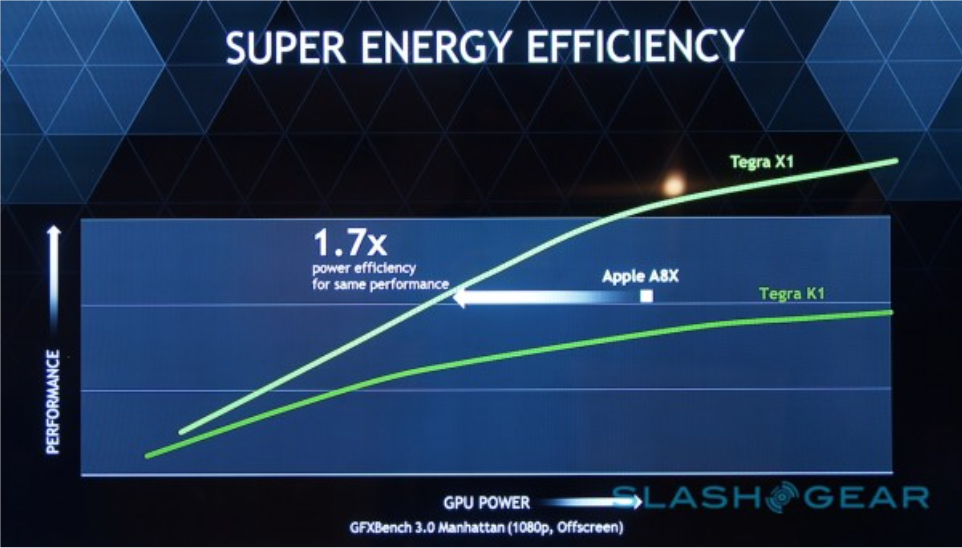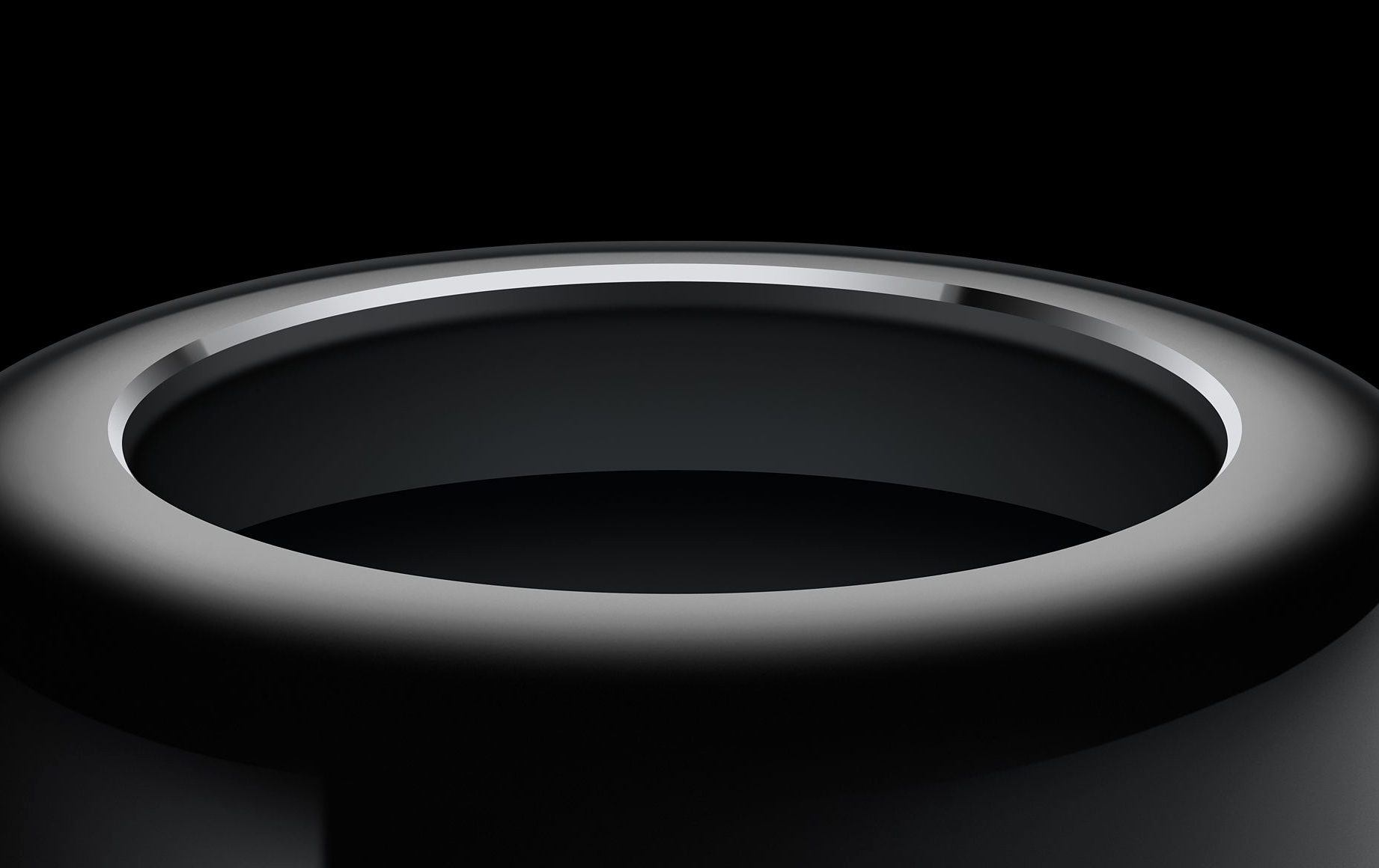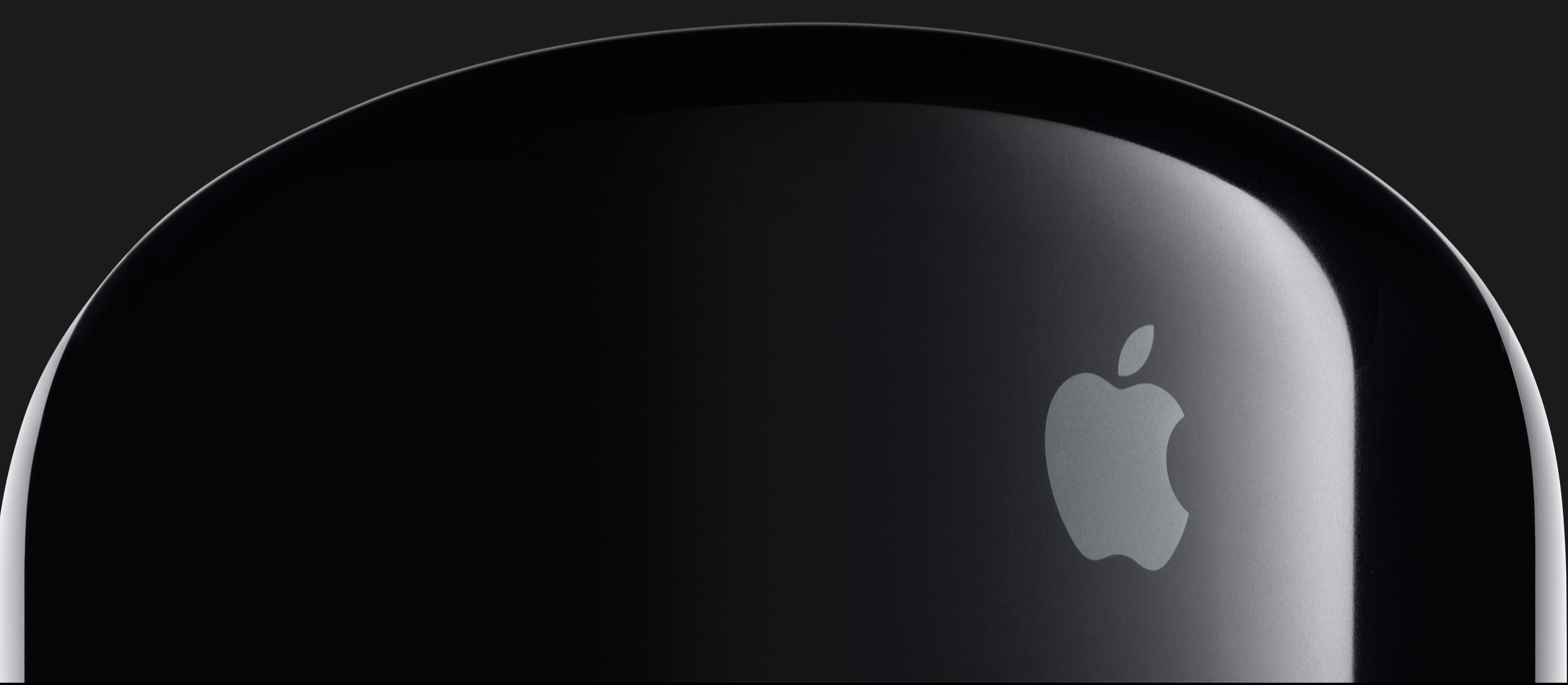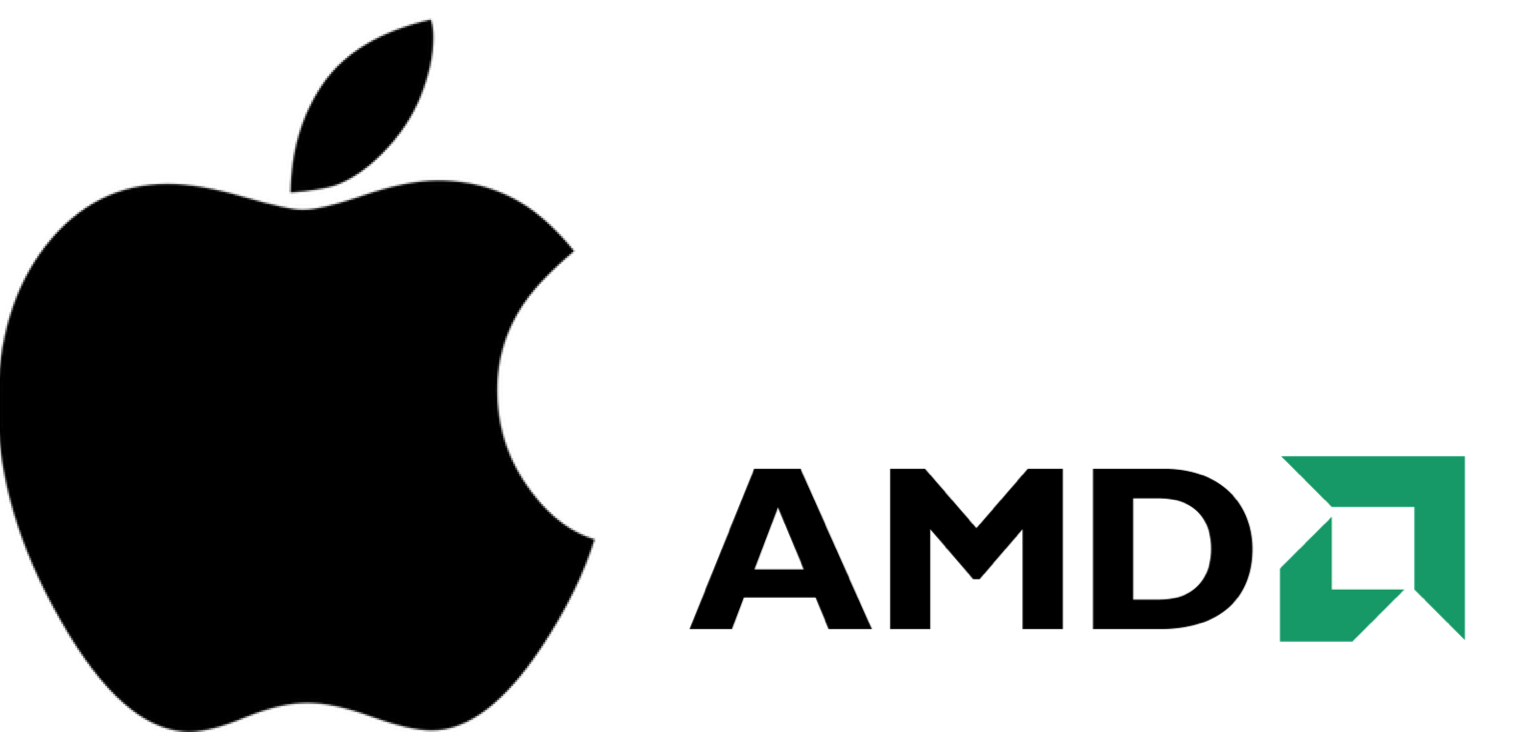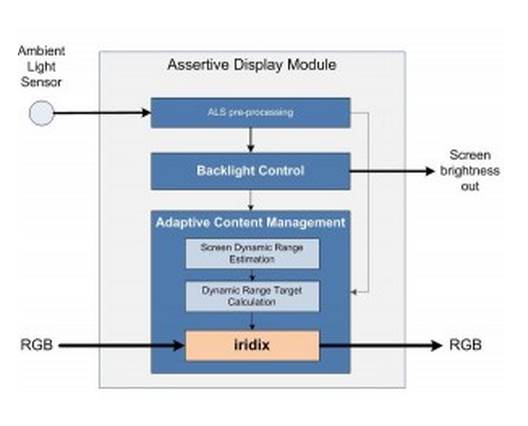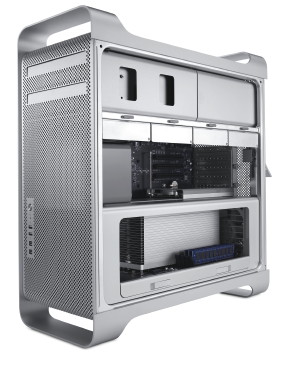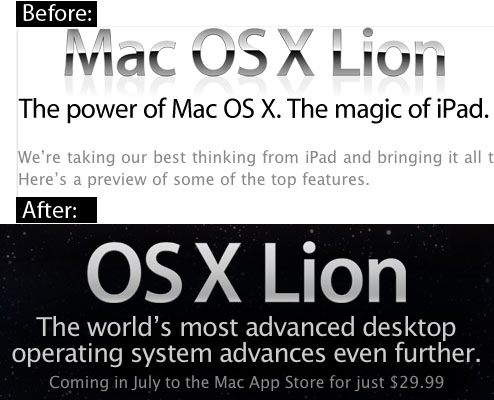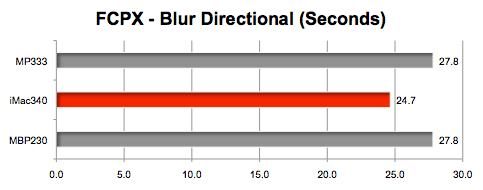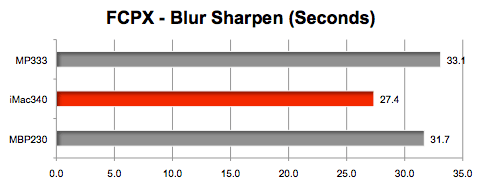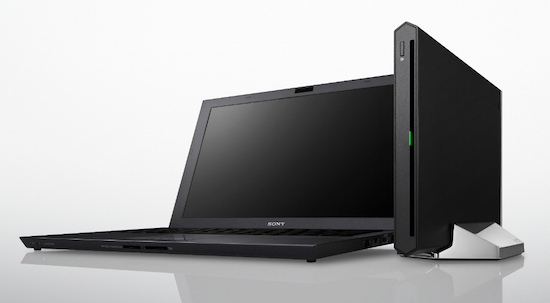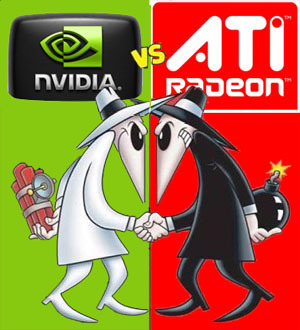15-inch MacBook Pro with Force Touch, and cheaper $1999 27-inch Retina iMac, officially launched

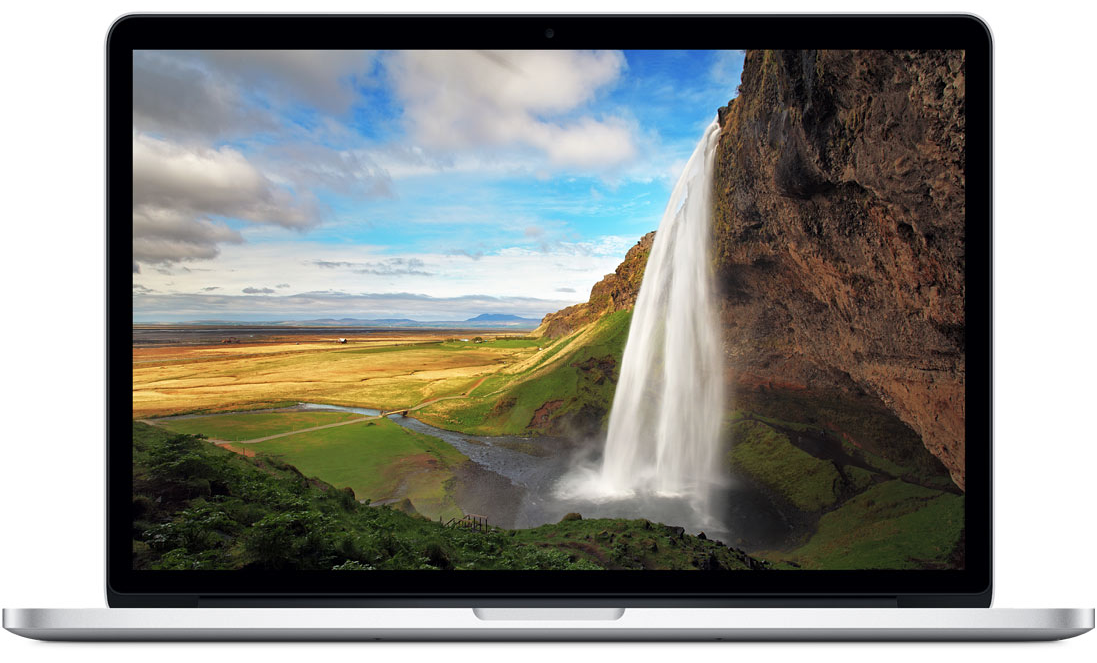
Yesterday’s report of a new 15-inch MacBook Pro with Force Touch trackpad, together with a new 27-inch iMac, have been confirmed via an official announcement by Apple.
Apple today updated the 15-inch MacBook Pro with Retina display with the new Force Touch trackpad, faster flash storage, longer battery life and faster discrete graphics, delivering even more performance and capabilities to the MacBook Pro line. Apple also today introduced a new $1,999 configuration of the 27-inch iMac with Retina 5K display featuring a breathtaking 14.7 million pixel display, quad-core processors and AMD graphics, and lowered the price of the top-end iMac with Retina 5K display to $2,299.
While the upgrade to the latest Broadwell Haswell processor doesn’t show a speed-bump, Apple says that the flash storage is 2.5 times faster and greater power efficiency provides an extra hour of battery-life …
Expand
Expanding
Close
